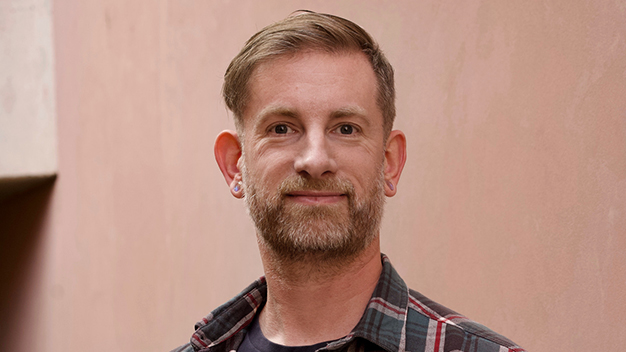While Shiny apps are generally built to communicate the results of an analysis, Shiny is just as well suited to building interactive tools to help you conduct your analysis. We call interactive Shiny tools “gadgets”, and they differ from Shiny apps in that they are packaged as functions to be called instead of apps to be visited, and they can return values to the caller. In this talk, we’ll show you some examples of Shiny gadgets and show you how to build your own.

Hadley is Chief Scientist at Posit PBC, winner of the 2019 COPSS award, and a member of the R Foundation. He builds tools (both computational and cognitive) to make data science easier, faster, and more fun. His work includes packages for data science (like the tidyverse, which includes ggplot2, dplyr, and tidyr)and principled software development (e.g. roxygen2, testthat, and pkgdown). He is also a writer, educator, and speaker promoting the use of R for data science.